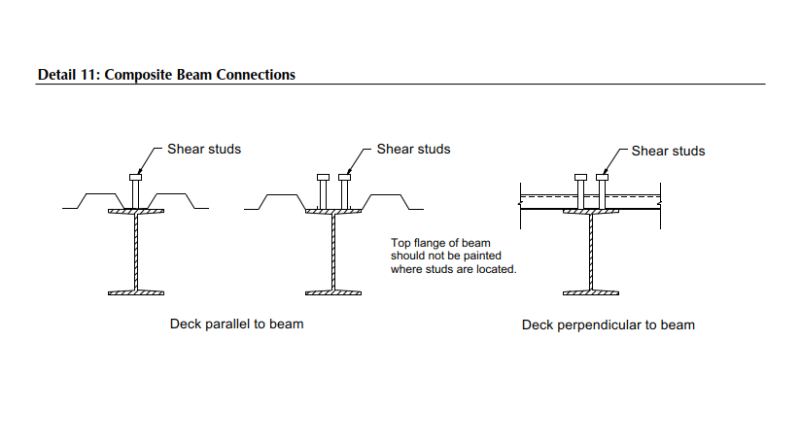I don't think this beam is composite based on that detail. What I want to see to call it composite is:
1) Studs welded to the beam flange that extend into the deck. Just some way to transfer shear between beam and concrete.
2) I would want to see the concrete extend past the center of the beam. Hopefully cover most of the flange.
Now, there are other ways to transfer shear other than studs. Awhile ago I reviewed some products that used SJI type joists and composite action with the slab. I don't believe any of these products used studs like we normally do with WF beams. One relied on friction (if I remember correctly), but that may have been based on some specific finishing / roughening of the top chord. Others bent / distorted the top leg of the chord angle so that it would provide better shear transfer.
Also, I saw a project where someone created "after the fact" composite action by chipping out the concrete every so often, adding a stud and then repairing the slab.

![[idea] [idea] [idea]](/data/assets/smilies/idea.gif)
